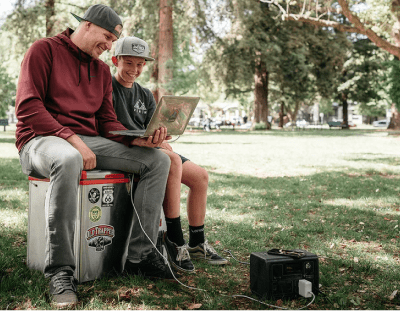Knowing how to properly connect a car battery is an essential skill for any vehicle owner in Australia. Whether you're replacing an old battery or reinstalling one after maintenance, the correct connection process ensures your vehicle's electrical systems function optimally while preventing potential damage or injury. Incorrect battery connections can lead to serious electrical system damage, costly repairs, or even dangerous situations. Fortunately, with the right guidance, connecting a car battery is a straightforward task that most people can accomplish at home. This comprehensive guide outlines a simple 5-step approach suitable for beginners, ensuring you can safely and confidently connect your car battery without professional assistance.
Required Tools and Safety Precautions
Before attempting to connect a car battery, gather the necessary tools and understand proper safety measures. You'll need an appropriately sized wrench or spanner (typically 10mm or 13mm), protective gloves, safety glasses, and possibly battery terminal cleaner if the connections show corrosion.
Safety should be your primary concern when working with car batteries. Always wear protective gloves and eye protection, as batteries contain sulphuric acid that can cause severe burns. Ensure you're working in a well-ventilated area to avoid inhaling harmful gases. Remove all metal jewellery and watches, as these can conduct electricity if they touch battery terminals. In Australia's sometimes extreme temperatures, be aware that batteries may be more reactive in hot conditions. Finally, keep a fire extinguisher nearby as an additional precaution.
Step-by-Step Guide
Step 1: Preparation and Battery Positioning
Begin by ensuring your vehicle is completely switched off with the keys removed from the ignition. Open the bonnet and secure it properly. Locate the battery, which is typically positioned in the engine bay, though some modern vehicles may have it placed elsewhere. Position the new battery in the battery tray, ensuring it sits firmly and matches the orientation of the previous battery. The terminals should align with the vehicle's cables.
Step 2: Identifying Terminals
Correctly identifying the terminals is crucial for safe connection. The positive terminal is typically marked with a plus sign (+) and often has a red cover or indicator. The negative terminal is marked with a minus sign (-) and usually has a black cover or indicator. Never assume the positioning based on previous installations, as battery designs can vary. Double-check the markings before proceeding to avoid potentially damaging your vehicle's electrical system.
Step 3: Connecting the Positive Terminal
Always connect the positive terminal first. Remove any protective covers and position the positive cable (red) over the positive terminal. Secure the connection by tightening the clamp with your wrench, ensuring it's snug but not overtightened. The best way to connect car battery terminals is to ensure they're clean and the connection is firm. If there's any corrosion, clean the terminal and cable end before connecting. Once secured, check that the connection doesn't wiggle or move.
Step 4: Connecting the Negative Terminal
After successfully connecting the positive terminal, move on to the negative connection. Position the negative cable (black) over the negative terminal and secure it firmly with your wrench. Similar to the positive terminal, ensure the connection is tight but not excessively so. Many beginners make the mistake of connecting terminals in the wrong order or with insufficient tightness, which can lead to poor electrical contact. Take your time with this step as proper vehicle maintenance includes ensuring reliable electrical connections.
Step 5: Checking the Connection
Once both terminals are connected, verify your work. The battery should sit firmly in its tray without movement. Both terminal connections should be secure with no loose parts. Check that no tools have been accidentally left near the battery that could cause a short circuit. If your battery has terminal protectors or covers, replace them. Before closing the bonnet, try turning on the vehicle's interior lights to confirm power is flowing. Finally, start the engine to ensure the battery is functioning correctly. For beginners, this verification step is essential to confirm proper installation.
Troubleshooting Common Issues
If your car doesn't start after connecting a new battery, check that the terminals are correctly identified and properly secured. Sometimes, a jump-start may still be necessary to provide initial power. Flickering lights or electronic issues could indicate loose connections. If you notice unusual smells, excessive heat from the battery area, or hear unusual sounds, disconnect the battery immediately and consult a professional.
Conclusion
Properly connecting a car battery is a straightforward but critical maintenance task that every vehicle owner should master. By following these five steps carefully, you can safely connect your car battery while extending its lifespan and protecting your vehicle's electrical systems. Remember that safety comes first when handling batteries. With regular battery replacement and proper connection techniques, you'll ensure reliable vehicle performance and avoid unexpected breakdowns on Australia's vast roadways.



